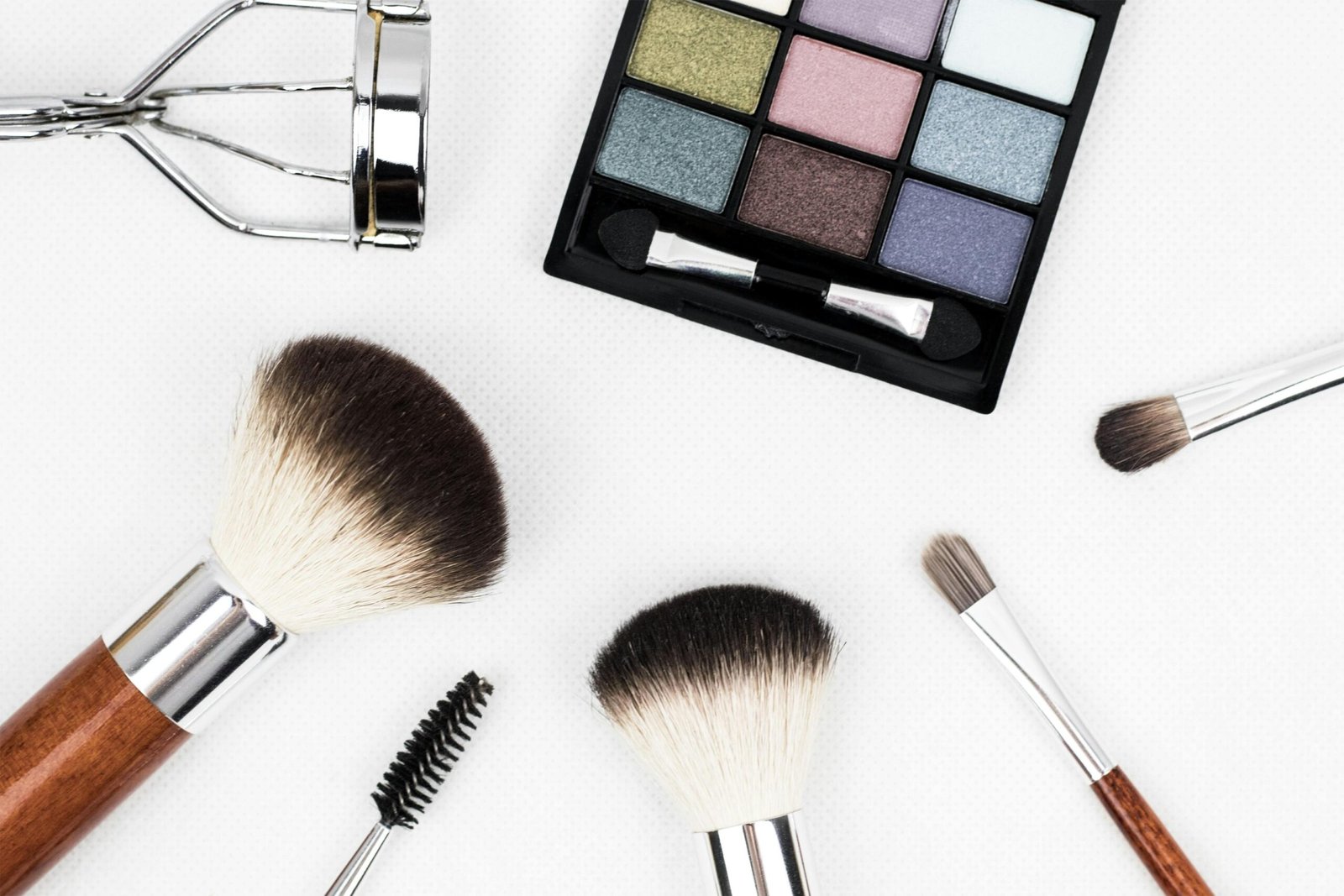When it comes to maintaining the pristine appearance of your tattoo, managing hair growth over the inked area becomes crucial. Many tattoo enthusiasts often wonder how to remove hair from tattoos without causing any damage to the artwork. It might seem daunting, but with the right techniques and products, you can achieve smooth, hair-free skin while preserving the vibrancy of your tattoo.
Understanding the importance of proper hair removal methods is essential. Tattoos are, after all, an investment in art and a part of your personal expression. Choosing the wrong method could lead to irritation, fading, or even distortion of the tattoo. This article will guide you through simple and safe methods to keep your tattooed skin smooth and hair-free.
At Permanent Makeup of Atlanta, we specialize not just in creating beautiful tattoos but also in offering expert advice on maintaining them. Whether it’s through professional treatments or at-home care, our goal is to ensure your tattoo remains a stunning piece of art. Call Us Today To Learn More! (404)229-7372
Importance of Safe Hair Removal Methods
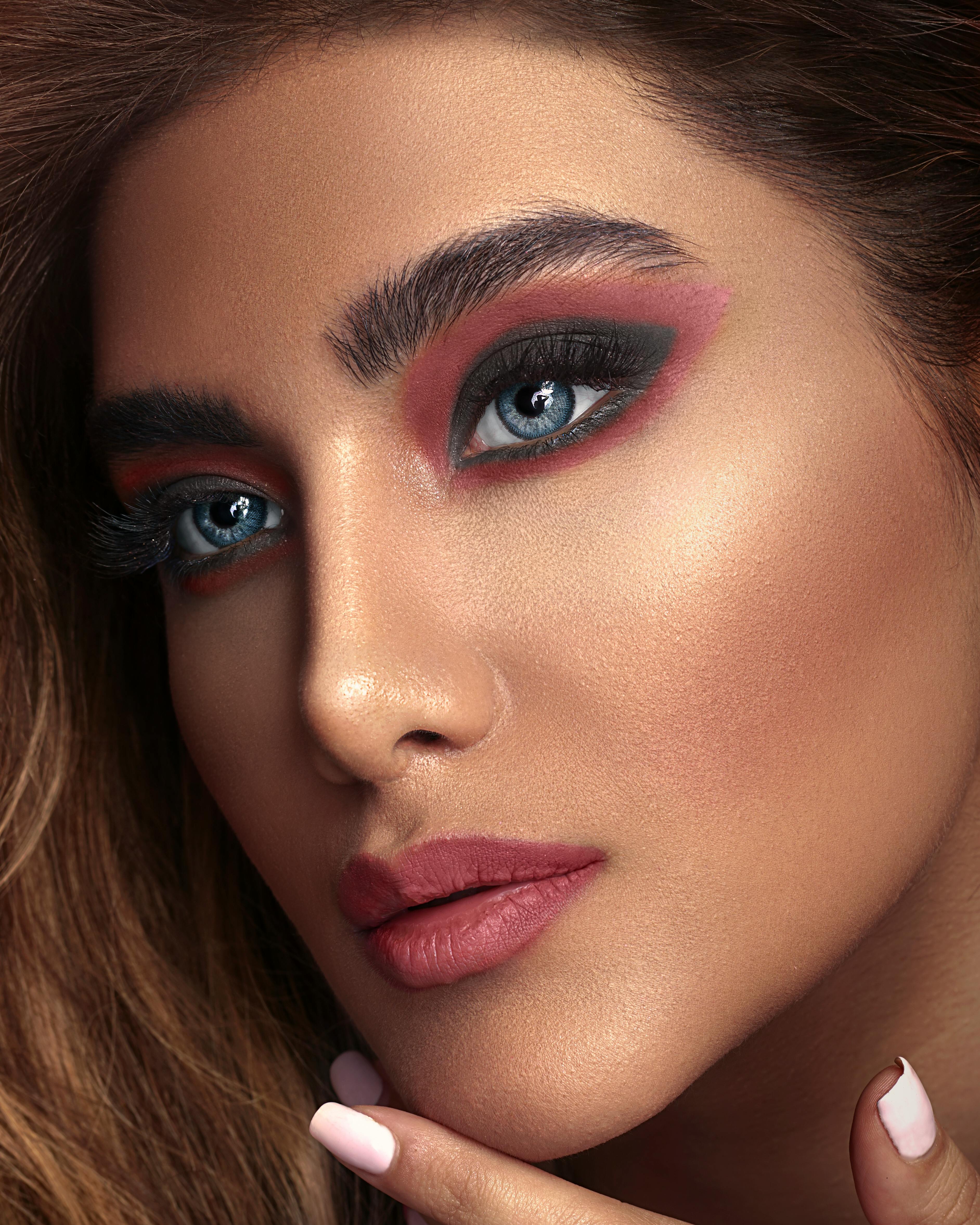
When it comes to hair removal from tattooed skin, ensuring the safety of both your skin and the tattoo itself is paramount. Using inappropriate methods can lead to a range of issues, from minor irritations to more severe complications such as infections or damage to the tattooed area.
One of the primary concerns is the potential for skin irritation. Tattoos are essentially wounds that require proper healing and care. Aggressive hair removal techniques, such as waxing or harsh chemical treatments, can irritate the skin, causing redness, swelling, and even allergic reactions. Over time, repeated irritation can affect the longevity and appearance of your tattoo.
Moreover, certain hair removal methods might cause the tattoo ink to fade prematurely. Techniques that involve intense friction or heat, such as laser hair removal, can break down the ink particles, leading to a less vibrant tattoo. It’s crucial to select methods that are gentle yet effective, ensuring that the ink remains intact and the skin remains healthy.
Finally, safe hair removal practices help prevent infections. The skin around a tattoo can be more susceptible to bacterial invasion, especially if it’s still in the healing phase. Methods that compromise the skin’s integrity, like shaving with a dull blade or using unsterilized tools, can introduce bacteria, leading to infections that can distort or damage the tattoo.
In summary, choosing safe and gentle hair removal methods is vital for preserving the beauty and integrity of your tattoo. By understanding the potential risks and selecting appropriate techniques, you can enjoy smooth, hair-free skin without compromising your body art.
Shaving as a Hair Removal Solution
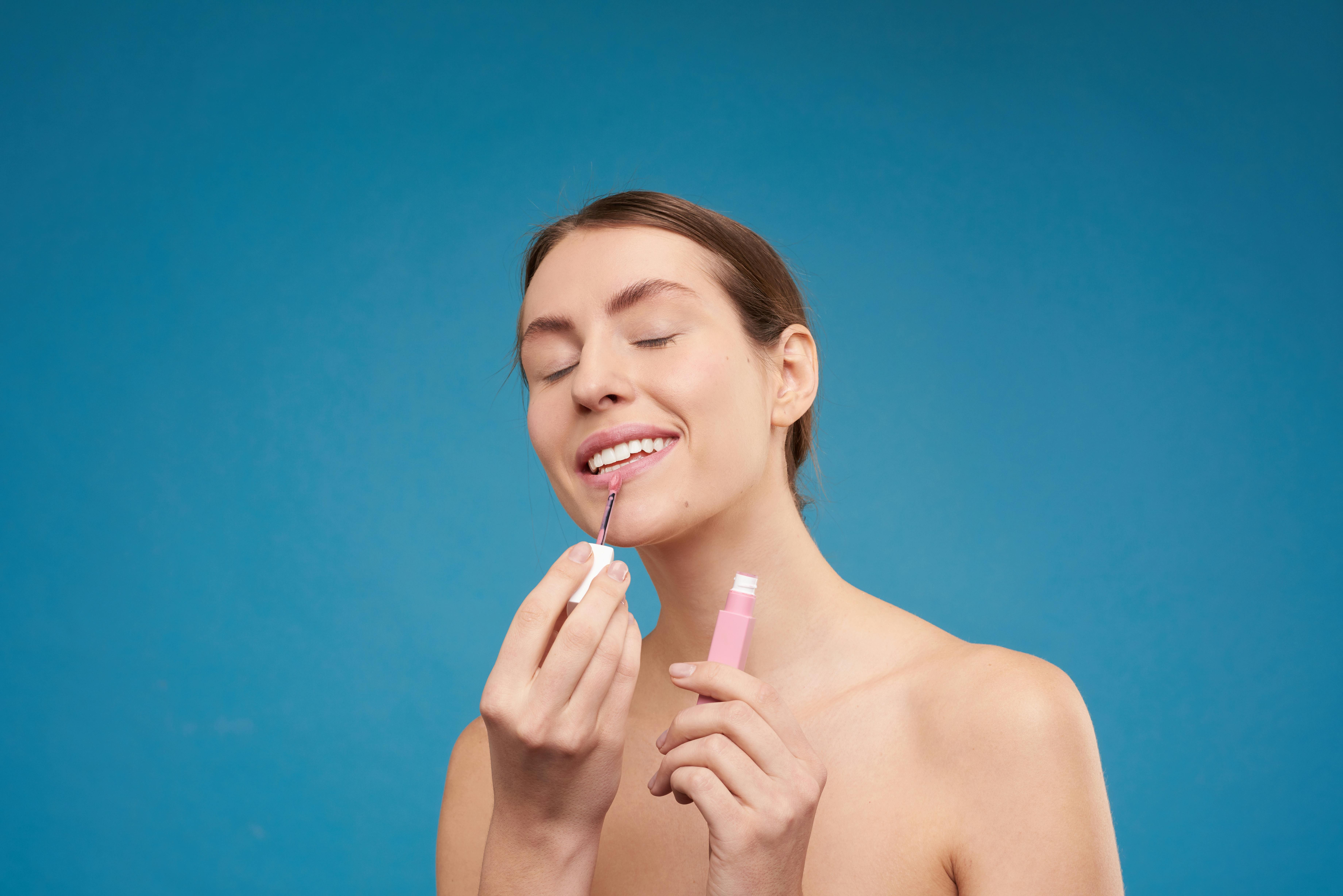
Shaving is one of the most common and accessible methods for removing hair from tattooed areas. It is often recommended due to its simplicity and minimal impact on the skin and the tattoo itself. Unlike other methods, shaving does not involve harsh chemicals or intense heat, making it a safer option for those with sensitive skin or new tattoos.
To effectively shave over a tattoo without causing damage, it’s important to follow some key steps:
- Use a sharp, clean razor: A dull blade can cause nicks and irritation, which can be particularly problematic for tattooed skin. A clean, sharp razor will glide more smoothly, reducing the chances of cuts.
- Prep the skin: Before shaving, thoroughly cleanse the area with a gentle soap and warm water to remove any dirt and oil. This will help prevent infections and ensure a smoother shave.
- Apply shaving cream or gel: Using a moisturizing shaving cream or gel can provide a protective barrier between the razor and the skin, reducing friction and irritation. Look for products that are free of alcohol and fragrances to avoid further irritation.
- Shave gently: Use light, gentle strokes in the direction of hair growth to minimize the risk of irritation. Avoid going over the same spot multiple times, as this can cause unnecessary friction and potential damage to the tattoo.
- Aftercare: After shaving, rinse the area with cool water and pat dry with a clean towel. Apply a soothing lotion or aftershave balm that is free of alcohol and fragrances to keep the skin hydrated and calm.
By following these steps, you can achieve a smooth, hair-free tattooed area without compromising the integrity and appearance of your tattoo. Shaving remains a preferred option for many due to its ease of use and low risk of complications.
Using Hair Removal Creams Safely
Hair removal creams, also known as depilatory creams, offer a convenient and painless way to remove hair from tattooed areas. These creams work by breaking down the protein structure of the hair, allowing it to be easily wiped away. However, using these products on tattooed skin requires some caution to avoid damage and irritation.
Here are some guidelines to safely use hair removal creams on tattooed skin:
- Choose a gentle formula: Opt for hair removal creams that are specifically formulated for sensitive skin. Products that are free from harsh chemicals, fragrances, and alcohol are less likely to cause irritation.
- Perform a patch test: Before applying the cream to a larger area, conduct a patch test on a small section of your tattooed skin. Apply a small amount of the cream and leave it on for the recommended time. If you experience any redness, itching, or discomfort, discontinue use immediately.
- Follow the instructions: Carefully read and follow the manufacturer’s instructions regarding application time and method. Leaving the cream on for longer than recommended can increase the risk of skin irritation and damage to the tattoo.
- Apply a thin layer: Use a thin, even layer of the cream to cover the hair. Avoid rubbing the cream into the skin, as this can cause unnecessary friction and irritation.
- Monitor the process: Keep an eye on the area while the cream is applied. If you notice any signs of discomfort or irritation, remove the cream immediately and rinse the area with cool water.
- Aftercare: Once the hair has been removed, rinse the area thoroughly with cool water and pat dry. Apply a soothing, fragrance-free lotion to keep the skin moisturized and calm.
By following these precautions, you can safely use hair removal creams to maintain a smooth, hair-free tattooed area. Always prioritize the health of your skin and the appearance of your tattoo when choosing hair removal methods.
Laser Hair Removal for Tattooed Skin
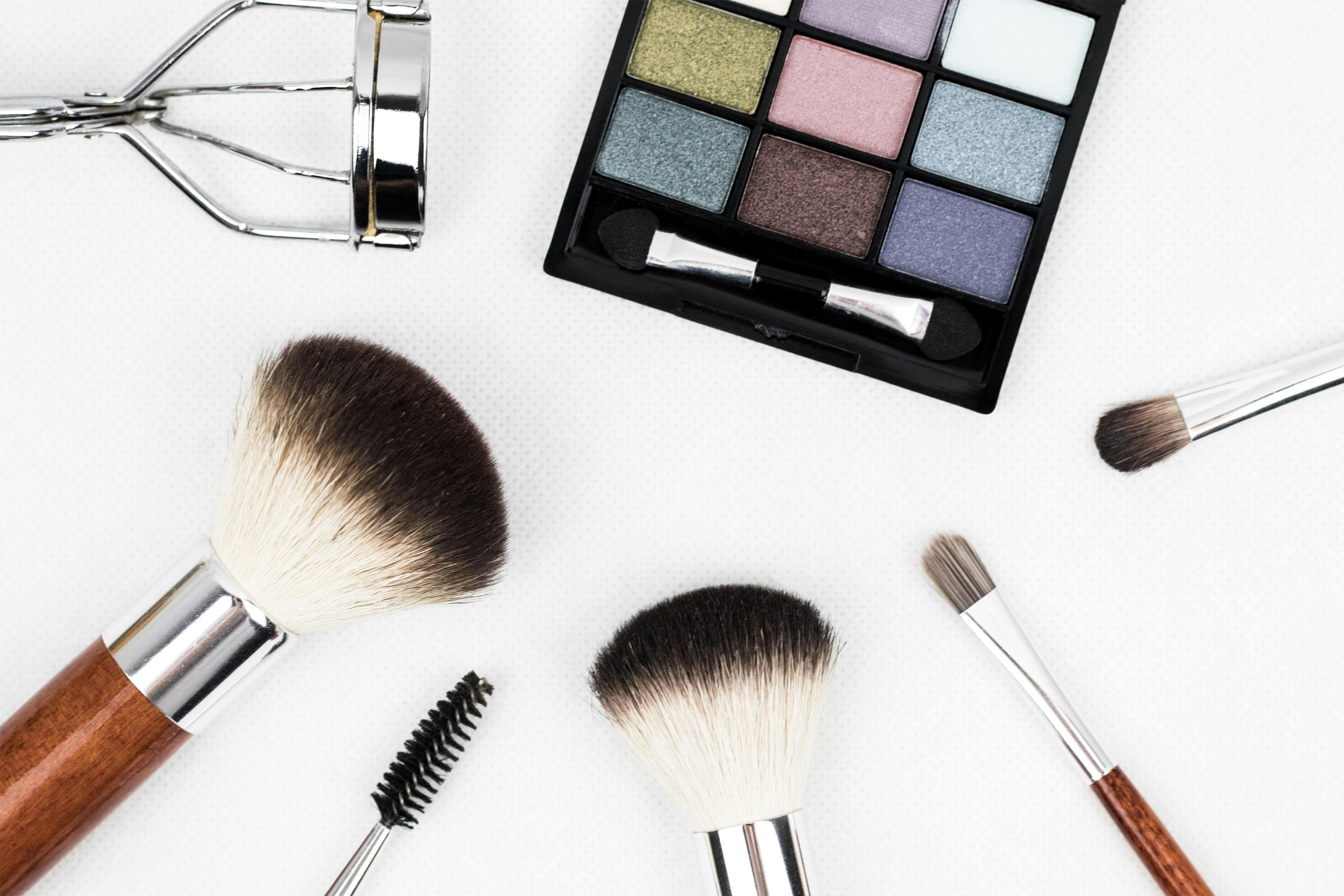
Laser hair removal is a popular and effective method for achieving long-term hair reduction, but it comes with specific considerations for tattooed skin. This technique uses concentrated light beams to target and destroy hair follicles, preventing future growth. However, the laser can also interact with the pigments in tattoos, posing a risk of damage to the artwork.
Here are important guidelines to follow when considering laser hair removal on tattooed skin:
- Consult a professional: Always seek advice from a licensed and experienced laser hair removal specialist. They can assess your tattoo and determine whether the procedure is safe for you. Do not attempt to perform laser hair removal on tattooed skin at home.
- Avoid the tattooed area: Most professionals will recommend avoiding laser hair removal directly over the tattooed area. Instead, they can treat the surrounding skin to ensure the tattoo remains intact and undamaged.
- Protect the tattoo: During the laser hair removal session, the technician may cover the tattoo with a protective barrier or tape to shield it from the laser beams. This helps minimize the risk of burns, fading, or distortion of the tattoo.
- Understand the risks: Be aware that laser hair removal on or near tattooed skin can lead to complications such as blisters, scarring, or changes in skin pigmentation. Discuss these risks with your specialist before proceeding.
- Patch test: If the laser treatment must be performed close to the tattoo, request a patch test on a small area to gauge how your skin reacts. This can help prevent widespread damage.
- Post-treatment care: Follow all aftercare instructions provided by your specialist. This typically includes keeping the treated area clean, avoiding sun exposure, and applying soothing creams to reduce inflammation.
Laser hair removal offers a long-term solution for unwanted hair, but it requires careful planning and professional guidance when tattoos are involved. Prioritize the safety of both your skin and your tattoo to achieve the best results without compromising the integrity of your ink.
Best Practices for Post-Removal Care
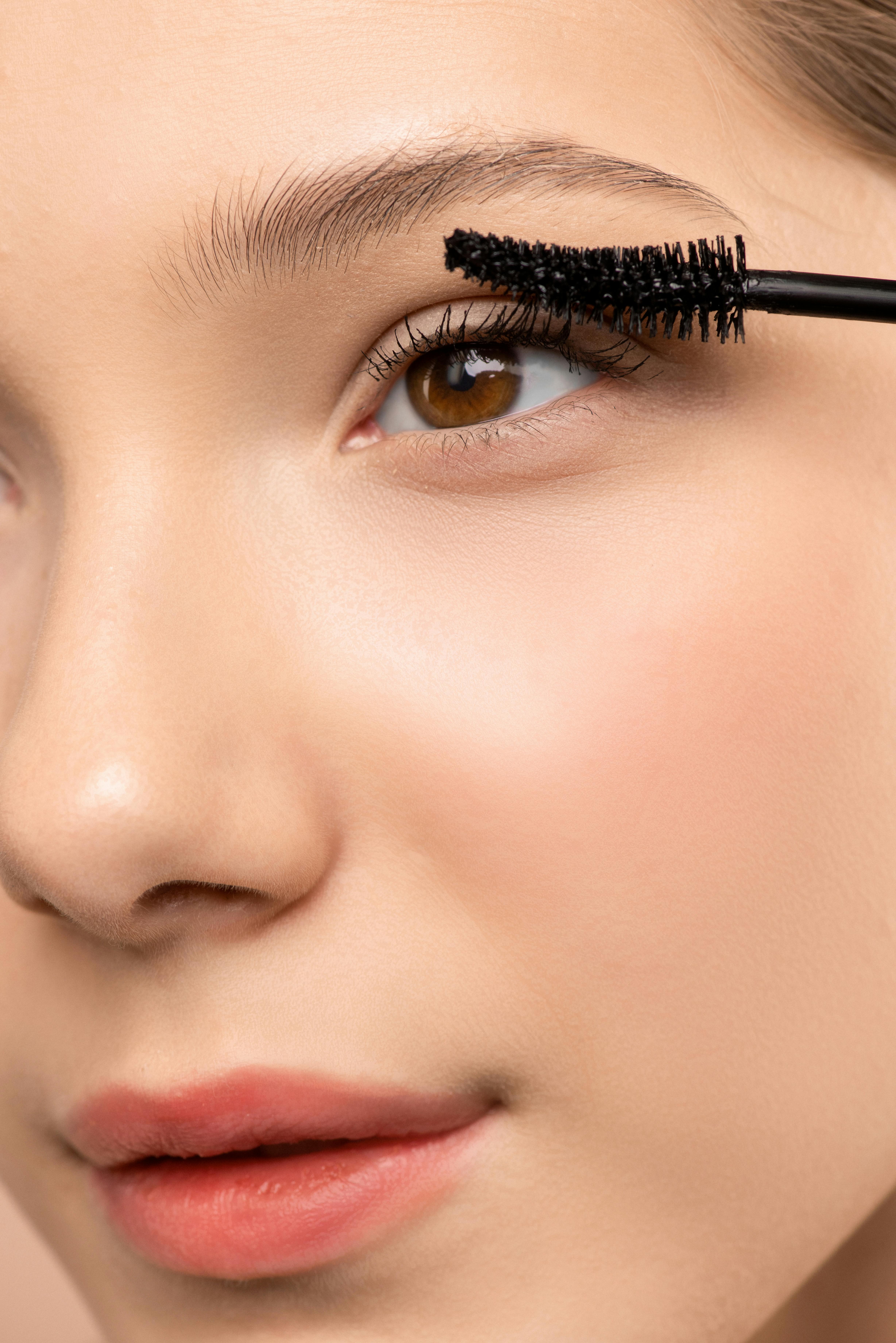
Proper post-removal care is crucial to maintain the health of your skin and the vibrancy of your tattoo after hair removal procedures. Whether you have used shaving, waxing, or laser hair removal, following best practices for post-removal care can help prevent irritation, infection, and other complications.
Here are some essential tips for post-removal care:
- Keep the area clean: Gently cleanse the treated area with a mild, fragrance-free soap and lukewarm water. Avoid using harsh scrubs or exfoliants that can irritate the skin.
- Moisturize: Use a non-comedogenic, fragrance-free moisturizer to keep the skin hydrated. This helps soothe any irritation and promotes faster healing.
- Avoid sun exposure: Protect the treated area from direct sunlight. UV rays can cause further irritation and increase the risk of hyperpigmentation. Apply a broad-spectrum sunscreen with a high SPF if you need to go outdoors.
- Refrain from picking or scratching: It may be tempting to scratch or pick at the treated area, especially if it becomes itchy. However, this can lead to infections and scarring. Allow the skin to heal naturally.
- Wear loose clothing: Tight clothing can rub against the treated area, causing friction and irritation. Opt for loose, breathable fabrics to minimize discomfort.
- Follow aftercare instructions: Adhere to any specific aftercare guidelines provided by your hair removal specialist. They may recommend additional steps based on the method used and your skin type.
- Monitor for signs of infection: Keep an eye out for any signs of infection, such as excessive redness, swelling, or pus. If you notice any of these symptoms, contact your healthcare provider promptly.
- Stay hydrated: Drinking plenty of water helps maintain skin hydration from the inside out, promoting overall skin health and faster recovery.
By following these best practices, you can ensure that your skin remains healthy and your tattoo stays vibrant after hair removal. Remember, proper post-removal care is just as important as the hair removal process itself.
Call Us Today To Learn More! (404)229-7372

